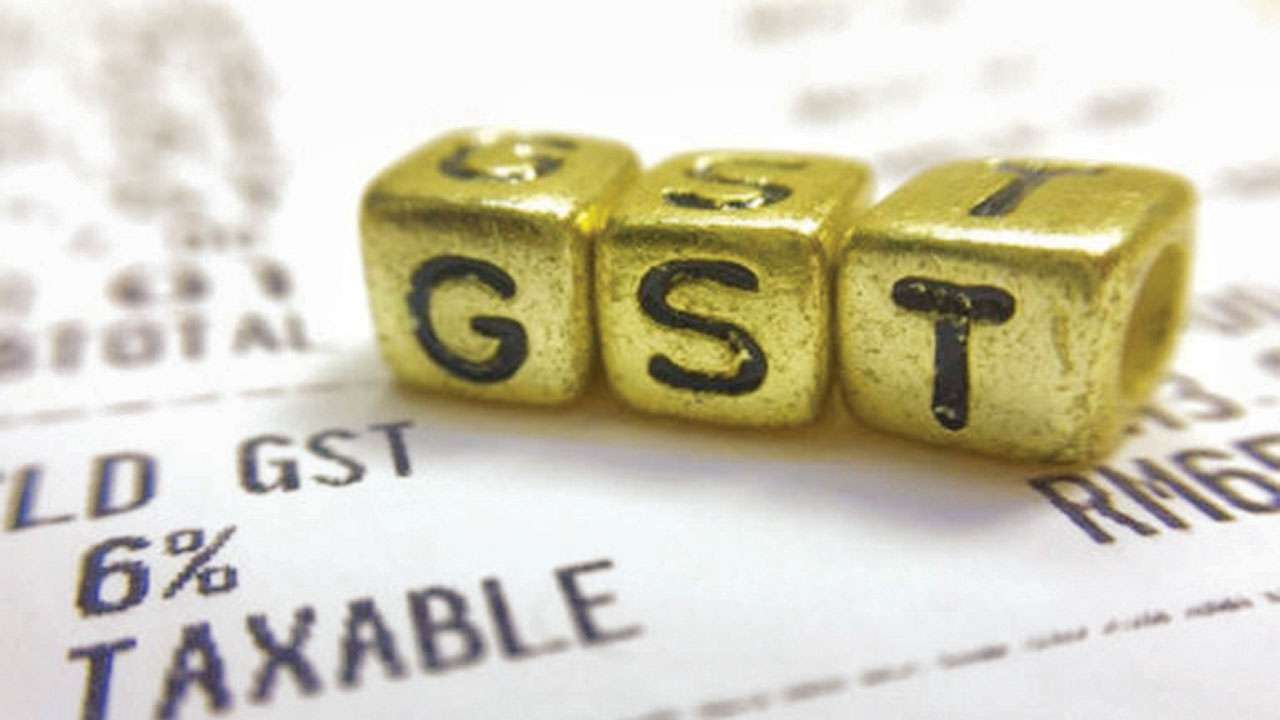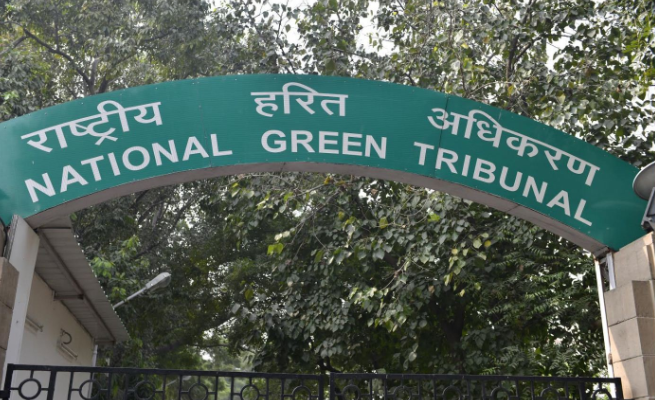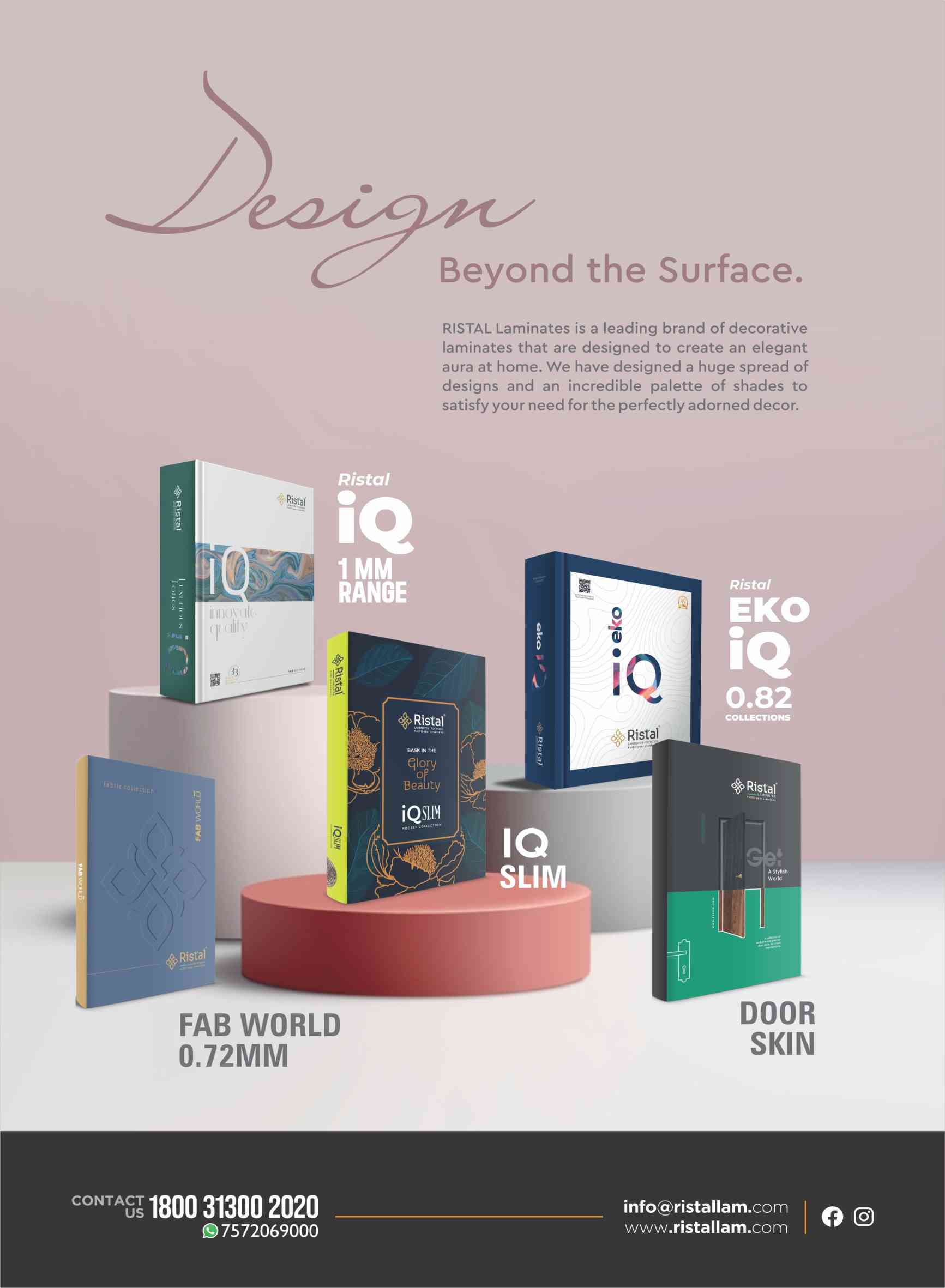
GST e-invoices jump threefold within a month of launch
- नवम्बर 3, 2020
- 0
The e-invoicing system under the goods and services tax (GST) regime got off to a smooth start, overcoming initial apprehensions, with invoice generation per day rising threefold within a month of its roll-out.
About 2.4 million invoice reference numbers (IRNs), or e-invoices, are being generated daily now, compared with 800,000 on October 1, when it was made mandatory for entities with turnover of Rs 500 crore or more.
While 48,000 GSTINs are above the Rs 500-crore turnover threshold, sectors like transportation, insurance, and banking have been exempted from this. Units in special economic zones, too, have been exempted from complying with the rule.
There have been no major complaints or glitches in the first month. This is also because these are large companies with sound technological systems in place. Under e-invoicing, companies have to generate IRNs from a government portal and these have to be shown to authorities while moving goods.
E-invoicing has been introduced to bring in more transparency in reporting sales, minimising errors and mismatches, automating data entry work, apart from improving compliance. It will help prevent tax evasion once it is made mandatory for small and medium firms.
जीएसटी ई-इन्वाॅयस में तीन गुना इजाफा
वस्तु एवं सेवा कर (जीएसटी) के तहत ई-इन्वाॅयस तैयार करने की योजना शुरुआती हिचक के बाद आसानी से शुरू हुई और महीने भर के भीतर ही रोजाना तीन गुना ई-इन्वाॅयस तैयार होने लगे हैं। इस समय रोज 24 लाख इन्वाॅयस रेफरेंस नंबर (आईआरएन) या ई-इन्वाॅयस बन रहे हैं, जबकि 1 अक्टूबर को यह संख्या केवल 8 लाख ही थी। 1 अक्टूबर से सालाना 500 करोड़ रुपये या इससे अधिक कारोबार करने वाली इकाइयों के लिए ई-इन्वाॅयसिंग अनिवार्य कर दी गई है।
500 करोड़ रुपये से अधिक सालाना कारोबार वाले 48,000 से अधिक जीएसटीआईएन हैं, लेकिन परिवहन एवं बीमा और बैंकिंग कंपनियों, वित्तीय संस्थान, गैर-बैंकिंग वित्तीय संस्थान, माल वहन करने वाली एजेंसियों और यात्री परिवहन सेवाओं जैसे क्षेत्र इस व्यवस्था से मुक्त रखे गए हैं। इनके अलावा विशेष आर्थिक क्षेत्र की इकाइयों के लिए भी ई-इन्वाॅयसिंग अनिवार्य नहीं की गई है। मगर कोई कारोबारी इकाई दो या अधिक कारोबार करती है तो वह ज्यादा जीएसटीआईएन रख सकती है।
इस व्यवस्था के क्रियान्वयन को लेकर अब तक कोई शिकायत नहीं आई है। इसकी एक वजह यह भी है कि ये बड़ी कंपनियों के पास पुख्ता एवं मजबूत तकनीकी प्रणाली है। ई-इन्वाॅयसिंग या बिक्री के बिल ऑनलाइन माध्यम से सौंपने के लिए कंपनियों को सरकारी पोर्टल से इन्वाॅयस पंजीकरण क्रमांक (आईआरएन) लेना पड़ता है। माल ढुलाई के समय अधिकारियों को यह क्रमांक दिखाना पड़ता है।
यह व्यवस्था मौजूदा ई-वे बिल प्रणाली की जगह लेगी और सरकार को लगता है कि बाद में सूक्ष्म, लघु एवं मझोले उद्यमों के लिए जीएसटी रिटर्न दाखिल करने की जरूरत नहीं रह जाएगी। बिक्री के आंकड़ों में पारदर्शिता लाने, त्रुटियां कम करने एवं आंकड़ों में मिलान सुनिश्चित करने आदि के लिए ई-इन्वाॅयसिंग शुरू की गई है। लघु एवं मझोली इकाइयों के लिए अनिवार्य बनाए जाने के बाद इससे कर चोरी रोकने में भी मदद मिलेगी।






























































